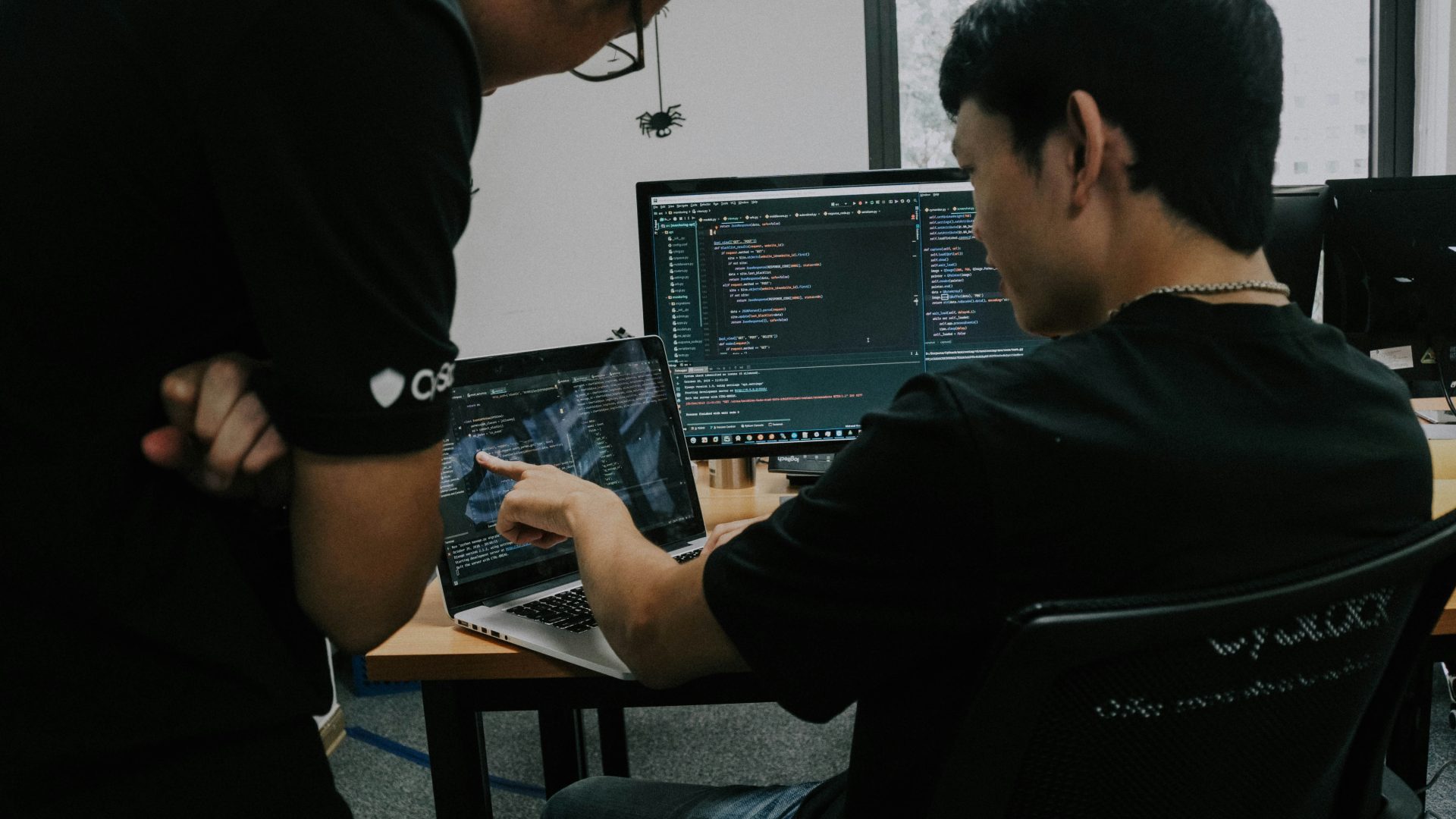The Junior Engineer Role Is Dead—But Your Career Doesn’t Have to Be
If you’re a junior software engineer, the job market in 2025 looks brutal:
📉 60% drop in entry-level software engineering job postings in the past two years (Indeed, 2024).
🤖 AI now writes 46% of new code—with developers using AI assistance for up to 55% of their work (GitHub, 2024).
💰 Companies are cutting junior hiring budgets in favor of AI-powered DevOps & automation tools (Gartner, 2024).
Big Tech isn’t hiring like they used to. Startups are leaner than ever, and companies are ditching large junior teams for AI-powered automation.
Bad news? The old career path—junior engineer → mid-level → senior—is fading fast.
Good news? There’s still a path forward—but only for those who adapt fast.
If you’re a junior developer (or trying to become one), here’s how to pivot, upskill, and land a role in the AI-first engineering world.
1.Don’t Just Write Code—Learn How to Work With AI
AI isn’t replacing engineers—it’s replacing bad engineers.
The best way to stay valuable? Stop competing with AI—start using it to your advantage.
🚀 Key Skills to Build:
✅ AI-assisted coding (GitHub Copilot, OpenAI Codex, ChatGPT)
✅ Prompt engineering (knowing how to get the best results from AI tools)
✅ AI-driven debugging & optimization
💡 Why This Works: Companies need engineers who know how to integrate AI into development workflows.
How to Learn:
🎯 Start coding with AI tools—GitHub Copilot, ChatGPT, or Tabnine.
🎯 Follow Microsoft AI developer certifications (Azure AI Engineer, AI-900).
🎯 Work on AI-assisted coding projects on Kaggle, OpenAI API, or Hugging Face.
📌 Outcome? You’re not just another junior dev—you’re an AI-augmented engineer who can ship faster.
2.Shift from “Just Coding” to Cloud + DevOps
The best engineers in 2025 won’t just write code—they’ll know how to deploy, optimize, and automate it.
That means moving beyond front-end and back-end development into Cloud + DevOps expertise.
🚀 Key Skills to Build:
✅ Cloud platforms (Azure, AWS, Google Cloud)
✅ CI/CD pipelines & DevOps automation
✅ Infrastructure as Code (IaC) – Terraform, Ansible
✅ Serverless computing & containers (Docker, Kubernetes)
💡 Why This Works:
- AI handles the basic coding tasks—but deploying and optimizing software still requires human expertise.
- Companies want engineers who can manage cloud infrastructure and automate workflows, not just write applications.
How to Learn:
🎯 Get Microsoft Azure certifications (AZ-900, AZ-204, AZ-400).
🎯 Start working with CI/CD tools (GitHub Actions, Azure DevOps, Jenkins).
🎯 Take Google’s Site Reliability Engineering (SRE) learning path.
📌 Outcome? You won’t just be a junior dev—you’ll be a cloud & automation specialist who makes AI-powered teams run smoothly.
3. Become a Technical Product Builder
The AI revolution means that the traditional engineering job is changing—but so is the product development process.
Businesses don’t just need coders anymore. They need builders—people who can leverage AI, automation, and cloud to ship products FAST.
🚀 Key Skills to Build:
✅ Low-code / no-code development (Bubble, Power Apps, Retool)
✅ AI-enhanced product development
✅ Understanding business & UX needs
✅ Startup-style rapid prototyping
💡 Why This Works:
- More businesses are launching AI-powered products than ever before.
- AI reduces development time, but companies still need humans who understand how to design, optimize, and ship products.
- Product engineers who can build quickly and iterate fast will always be in demand.
How to Learn:
🎯 Build a simple SaaS product using low-code tools + AI APIs.
🎯 Work on MVPs in hackathons to get real-world experience.
🎯 Learn basic UX/UI & product management principles (Figma, Notion, Trello).
📌 Outcome? Instead of being another junior dev, you’re now a product engineer—able to build and ship products, not just write code.
4.Pivot Into AI-Augmented Engineering Roles
Since traditional junior roles are vanishing, what roles should you target?
Instead of “junior software engineer,” look for AI-augmented engineering roles that companies are actively hiring for:
✅ AI-First DevOps Engineer (Cloud + AI automation)
✅ AI-Enhanced QA Engineer (Testing automation + AI-driven debugging)
✅ Technical Product Engineer (Building AI-powered SaaS tools)
✅ Low-Code / No-Code Engineer (AI-assisted app development)
✅ Automation Engineer (Using AI + RPA to optimize workflows)
💡 Why This Works:
- These jobs aren’t just about coding—they combine AI, automation, and product development.
- Businesses aren’t hiring traditional juniors—but they still need engineers who can build and automate efficiently.
How to Position Yourself for These Jobs:
🎯 Rewrite your resume to focus on AI & automation skills.
🎯 Showcase projects where you’ve used AI-enhanced development workflows.
🎯 Apply for roles at AI-first companies (Microsoft, OpenAI, AI-powered startups).
📌 Outcome? You pivot away from “traditional junior dev” roles and into AI-powered engineering—where demand is growing.
Final Thoughts: How to Survive and Thrive in 2025
🚀 Junior engineering jobs are disappearing—but AI-powered engineers are thriving.
The old path:
❌ Get a CS degree
❌ Learn basic coding
❌ Get hired as a junior dev
The new path:
✅ Learn AI-first development (AI-powered coding, debugging, automation)
✅ Master cloud & DevOps (Azure, CI/CD, infrastructure automation)
✅ Become a product builder (Low-code, no-code, rapid prototyping)
✅ Target AI-augmented roles (AI-enhanced DevOps, automation, product engineering)
The Bottom Line?
👉 You don’t have to be a traditional junior engineer to succeed—you just have to be smarter than AI.
If you’re willing to adapt, upskill, and embrace AI-first engineering, you won’t just survive—you’ll dominate the future of tech.
